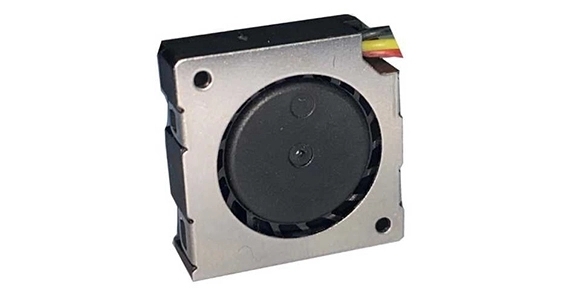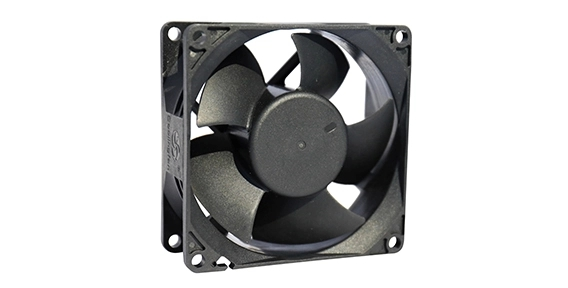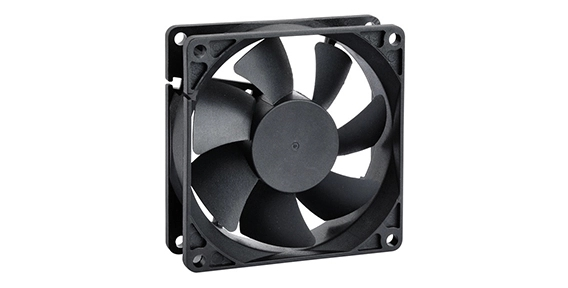LED lighting systems have become increasingly popular due to their energy efficiency, durability, and versatility. However, one of the challenges in designing LED lighting systems is managing heat dissipation, as excess heat can degrade the performance and lifespan of the LEDs. To address this issue, DC blower fans are often employed to provide efficient cooling, ensuring that the LEDs operate at their ideal temperatures.
Understanding the Need of DC Blower Fan for Cooling in LED Lighting Systems
LEDs emit light through a process called electroluminescence, which involves converting electrical energy into light. However, this conversion process also generates heat, leading to a rise in temperature within the LED module. If left unmanaged, the excessive heat can reduce the efficiency and longevity of the LEDs. This is where DC blower fans come into play.
DC blower fans are specifically designed to provide robust airflow and cooling for LED lighting systems. They are compact, efficient, and reliable, making them an excellent choice for heat dissipation in confined spaces. By introducing a steady flow of air, the DC blower fan helps to dissipate heat and maintain the LEDs at their optimal operating temperatures.
How DC Blower Fans Keep LED Modules at Ideal Temperatures
DC blower fans are strategically placed within LED lighting systems to maximize airflow and cooling. The fans draw in surrounding air and direct it towards the LED modules, facilitating the transfer of heat away from the LEDs. This process is essential in preventing thermal runaway, where the temperature rises uncontrollably, leading to rapid LED degradation.
The design of DC blower fans incorporates features such as high static pressure and low noise levels. High static pressure enables the fans to push air through narrow passages, ensuring that the airflow reaches even the most confined areas of the LED lighting system. Meanwhile, low noise levels guarantee silent operation, making them suitable for various environments, including residential, commercial, and industrial spaces.
Variable Speed Control in DC Blower Fans for LED Systems
To further optimize cooling efficiency, DC blower fans are equipped with variable speed control. This feature allows the fan to operate at different speeds depending on the cooling requirements of the LED lighting system. By adjusting the fan speed, the airflow can be tailored to maintain the LEDs at their ideal temperatures without excessive energy consumption.
Variable speed control also contributes to the longevity of the industrial axial fans. When the cooling demand is low, the fan can operate at a slower speed, reducing wear and tear on the motor. This not only extends the fan's lifespan but also minimizes maintenance costs for the LED lighting system.

The Synergy of DC Blower Fans and LED Technology
The development of LED technology and DC blower fan has created a synergistic relationship. As LED lighting systems become more advanced, generating higher light output and operating at higher temperatures, the demand for efficient cooling solutions has grown.
DC blower fans have risen to this challenge, providing reliable and effective cooling for LED lighting systems. Their compact size, high static pressure, low noise levels, and variable speed control make them an excellent choice for cooling applications in LED technology. Whether it is for residential, commercial, or industrial purposes, the integration of DC blower fans ensures that LEDs operate optimally and maintain a long lifespan.
In conclusion, DC blower fans play a crucial role in cooling LED lighting systems. They effectively dissipate heat, keeping the LEDs at their ideal temperatures and maximizing their efficiency and lifespan. With the ongoing advancements in LED technology, the demand for efficient cooling solutions like DC blower fans will continue to grow, making them an integral component in the design and operation of LED lighting systems.


 EN
EN 

 +
+
 +
+
 +
+



